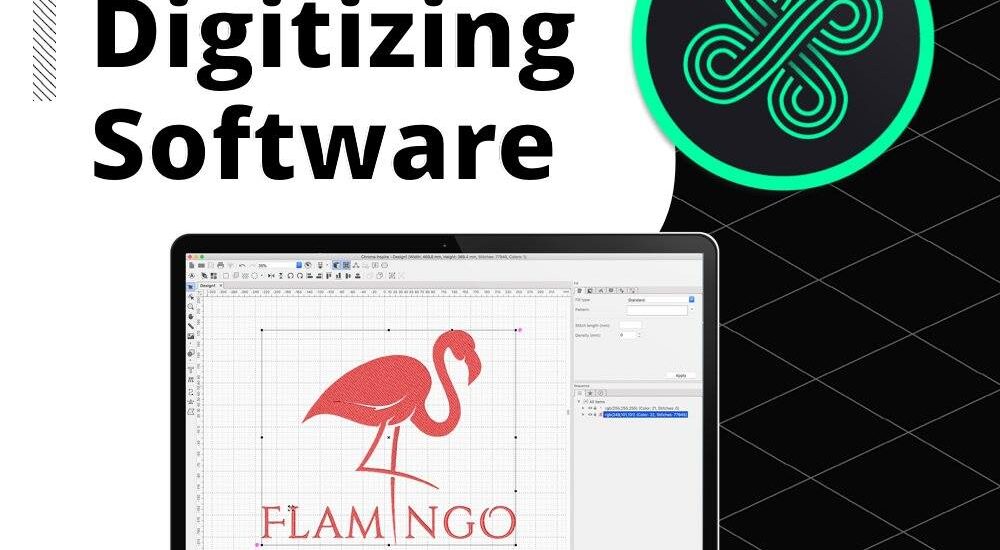- December 28, 2022
- Posted by: Andrew
- Category: Uncategorized

Embroidery auto-digitizing software uses computing to take graphics/design images and transform them into machine embroidery design files. The software will calculate the appropriate layers, stitch counts, colors, and other parameters based on the algorithms used to digitize a logo or graphic. While automatic digitization saves time and labor, it may result in structural and stitching concerns with your designs. This is particularly true when it comes to automating the digitalization of complex designs. The technique by which an embroiderer manually turns an image or design into needlework using embroidery software is known as manual digitization. The embroiderer has control over how the design is stitched, how the layers are combined, stitch angles, and the colors used.
HOW DO THEY WORK?
The embroidery software will auto-digitize the design based on the layers created in the artist’s graphic, which may result in excessive stitch counts, incorrect push and pull compensation, too many leaps and trims, and image distortion. When importing photographs or graphics into your digitizing software for machine embroidery, you’ll be changing nodes and generating your own visuals within the software anyhow.
Good images usually produce better results when you select “auto-digitize,” but this isn’t always the case. Even if you use a vector file with appropriate nodes, formatting, and resolution, it is not always ideal for machine embroidery. When an artist creates a design in CorelDraw or Adobe Photoshop, he or she does not believe that it must be embroidered in a specific order or sequence that only a machine embroiderer understands.
To load the image into digitization software and edit or re-digitize it, there is no need to comprehend the graphics program. It takes the burden out of learning decent digitizing software and developing your designs at the source, where any other graphic or file would eventually end up. In the hands of a novice who doesn’t know any better, stitched auto-digitizing software looks to perform flawlessly however defects in certain auto-digitizing work are obvious.
BENEFITS:
Embroidery when utilized appropriately and on simpler visuals, auto-digitizing software can be highly beneficial, perhaps in conjunction with hand digitizing abilities. Manual digitizing abilities are always advantageous in getting the appropriate quality results. Auto digitizing software does what it is designed to do, but not necessarily in a logical order or in a manner that translates well to embroidery. The software digitizes what it sees in the order it was shown. It is unable to distinguish between better angles or fills for a cleaner design. That is entirely your duty.
Some of the top embroidery auto-digitizing software is listed below.
- Hatch Embroidery’s Wilcom Embroiderer’s Toolkit.
- Wilcom Embroidery Studio
- Embrilliance.
- Embird.
- Chroma is Ricoma’s easy-to-use digitizing and design application.
Printavo is a business management software.
BOTTOM LINE:
Automatic digitization is the computer-guided acquisition of a map image or source. Manual digitization, on the other hand, is a human-guided capture. When undertaking automatic digitizing, the computer uses algorithms to locate and digitize the features.
